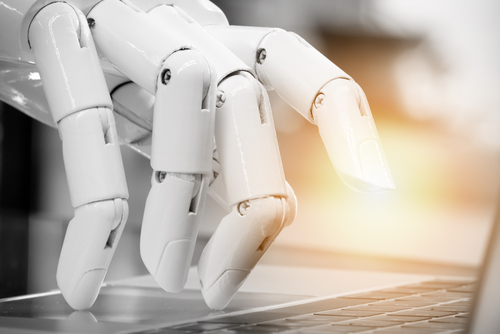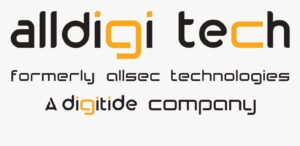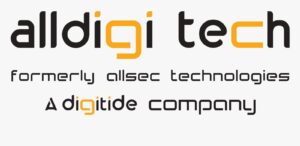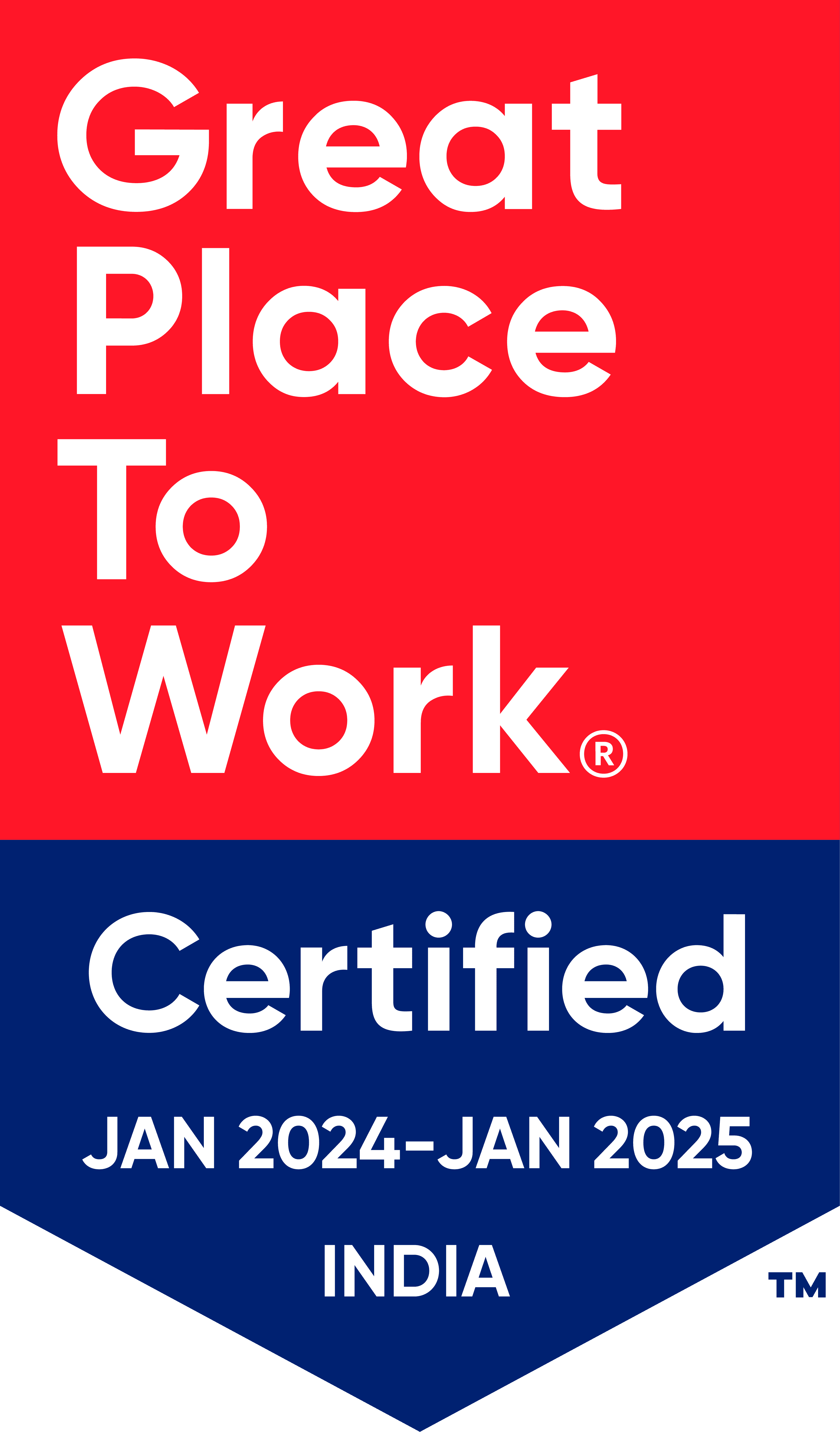
Does your state-of-the-art chatbot actually help your employees?
HR platforms in the digital age are all about seamless operations and automated simplicity. Many of these solutions are equipped with chatbots to guide and resolve employee queries. However, even with comprehensive Employee Self-Service portals, there remains a divide between technology and human intelligence.
Chatbot Technology
Simple chatbots can perform basic functions such as pulling up FAQ responses to any queries. But if that’s what your employees really needed, they would check the FAQ section.
In some cases, employee queries might be a little more complicated alluding to a specific use case that was previously undiscovered. During those situations, chatbots need to display a level of intelligence in navigating the platform to identify the solution.
The trifecta of a successful chatbot structure are Natural Language Processing (NLP), Artificial Intelligence and Tailored Interactions.
Keyword Responses
Whether your chatbot is infused with AI or not, there are some basic requirements it should meet to be functional. One of the essential items is the ability to spot keywords and extract context from them.
For example, if your employee wants to know where he can find his payslips from 6 months ago, the chatbot has to be able to look through his records and retrieve the right information. In such a situation, it cannot simply take him to the payroll page.
Natural Language Processing
The purpose of a chatbot is defeated if you can’t “chat” with it. NLP is an element of AI and plays a key role in allowing employees to interact with it as with a human.
It is tough to weave into digital platforms as computers often need a programming language to communicate, and these are known to be precise and structured. However, human language is anything but precise. Chatbots should be able to distinguish between “Find my payslip” and “Where’s my payslip?”, and yet answer both in identical fashion.
Contextual interactions
While a chatbot needn’t retain a record of every single interaction over the course of an employee’s tenure, it would be exceptionally useful for a buffer that lasted at least as long as a single session.
That way the conversation can be more meaningful, lead to less frustration on the part of the employees and provide more efficient solutions.
The final word
Over the last year, chatbots have received a new lease of life with many of the big names in the tech industry releasing a version of their own. They have been shown to work well in the case of customer service.
When it comes to HR platforms however, a strong chatbot indigenous to the platform offers maximum customisability and seamless user experience.



